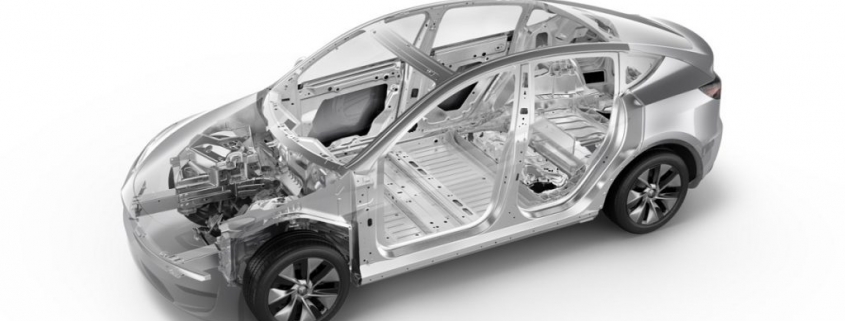The Safety Features Included in Consumer Reports’ Ratings
Consumer Reports tests a whole bunch of vehicles every year to give an unbiased review of a vehicle’s overall performance, features and safety. Still, it can be confusing for a car shopper to sort through. What are all those safety features that are included in Consumer reports safety ratings and what do they mean?
Safety Features
Consumer Reports says that car shoppers should look for some specific safety features in their new vehicles. They include some of those features in their ratings breakdown, listing whether they are standard, optional or not available.
Forward collision warning can detect a potential collision. It will alert the driver at different distances, depending on the vehicle. Forward collision warning is becoming more common. By 2022 twenty car manufacturers have vowed to make it a standard in all of their vehicles.
Automatic emergency braking can pre-charge the brakes once it detects a potential collision. Some AEB systems even apply the brakes for you if you don’t respond to the warning in time. According to the IIHS, AEB and FCW reduced rear-end collisions by half.
Pedestrian detection can detect pedestrians that are in, or may enter, the path of the vehicle. Some can detect cyclists.
Lane departure warning uses cameras to monitor the vehicle’s position between road lines. If the cameras determine that the vehicle is straying across the lines and doesn’t have its turn signal on, it alerts the driver.
Lane keeping assistance slightly adjusts the car to keep it from crossing into other lanes.
Blind spot warning alerts a driver if a car is moving into their blind spot. Usually the driver is signaled via a signal on or near the side mirrors. If the driver puts on the car’s directional when there is a car in their blind spot, the vehicle will sometimes send the driver an alert.
Rear cross traffic warning will alert the driver of cars approaching the side and rear of the vehicle when the vehicle is in reverse.
Antilock brakes keep the wheels from locking while hard braking. Traction control limits how much wheels spin during acceleration so that the driver can retain control. Daytime running lights are lights that come on whenever a vehicle is running for maximum visibility.
Airbags are important
Front and rear side airbags protect the torso of front-seat passengers. Not all car manufacturers offer side airbags for rear-seat passengers, but some do. Side airbags are described by Consumer Reports by being like “small cushions that pop out of the door trim or the side of the seatback.” Unfortunately, they don’t offer much protection for the head.
Head protection involves side curtain airbags which come down from above the windows. They keep occupants from hitting their heads and may be effective in keeping people from being hurt by things flying in the car, as well. Sometimes they can help keep passengers inside the vehicle by staying deployed longer. This is helpful during a rollover or high-speed crash.
Safety systems aren’t the only thing that Consumer Reports considers when rating vehicles. They do, however, include their availability when giving a vehicle a score. Understanding what these features mean can help you weigh one vehicle against another.
RELATED: Are Bigger Cars Safer?
The post The Safety Features Included in Consumer Reports’ Ratings appeared first on MotorBiscuit.







